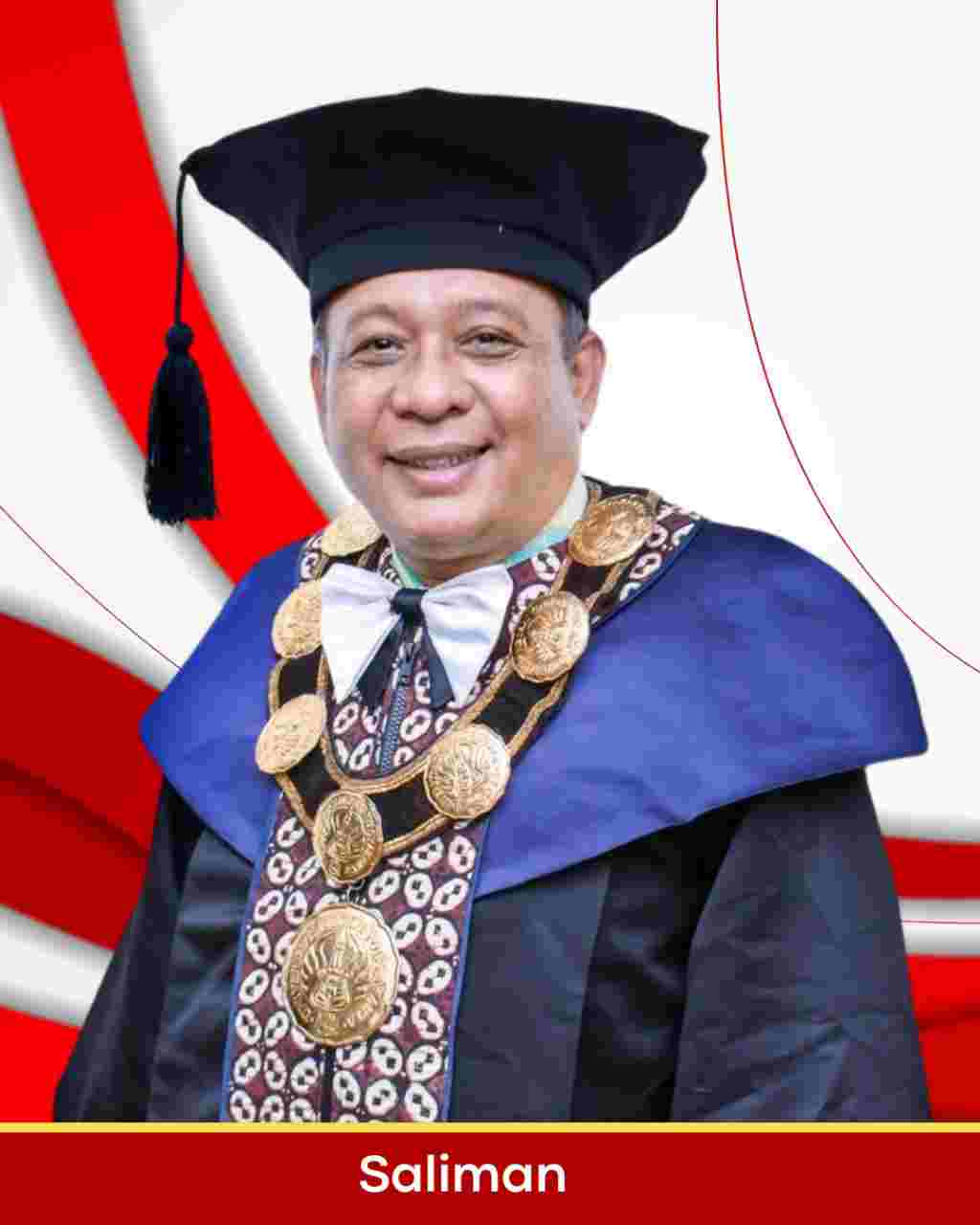Efektifitas media pembelajaran Powtoon untuk meningkatkan hasil belajar IPS
DOI:
https://doi.org/10.21831/jipsindo.v10i1.52706Keywords:
Powtoon Learning Media, Learning Outcomes, Social Studies Learning.Abstract
Tujuan penelitian untuk mengetahui efektivitas media pembelajaran Powtoon dalam meningkatkan hasil belajar IPS. Penelitian menggunakan metode quasi eksperiment dengan desain penelitian nonequivalent control design. Populasi adalah peserta didik kelas VIII SMP Garut, dengan sampel menggunakan purposive sampling dengan menggunakan satu kelas eksperimen dan satu kelas kontrol. Teknik pengumpulan data menggunakan tes yang diidentifikasi melalui pretest dan posttest dan non tes melalui observasi, wawaancara dan studi dokumentasi. Berdasarkan hasil analisis statistik diperoleh hasil bahwa terdapat pengaruh yang cukup signifikan dengan menggunakan media pembelajaran Powtoonterhadap hasil belajar peserta didik dalam pembelajaran IPS. Hal ini dibuktikan dengan nilai Asymp. Sig. (2-tailed) 0,000 dan α sebesar 0,05 menunjukan bahwa 0,000 < 0,05 maka Ho ditolak.
The effectiveness of Powtoon learning media to improve social studies learning outcomes
The research objective was to determine the effectiveness of PowToon learning media in improving social studies learning outcomes. This research used a quasi-experimental method with a nonequivalent control design. The population is students of class VIII SMP Garut, with a sample using purposive sampling using one experimental class and one control class. Data collection techniques used tests, identified through pretests, posttests, and non-tests through observation, interviews, and documentation studies. Based on the results of statistical analysis, it was found that there was a significant influence of using PowToon learning media on student learning outcomes in social studies learning. The Asymp value evidences this. Sig. (2-tailed) 0.000 and α of 0.05 indicate that 0.000 <0.05 then Ho is rejected.
References
Alverina, C., Hakim, Z. R., & Taufik, M. (2019). Pengembangan media pembelajaran audio visual berbasis powtoon pada mata pelajaran IPS. School Education Journal, 9(3), 268-280. DOI: https://doi.org/10.24114/sejpgsd.v9i3.15785
Aisyah & Sudrajat (2019). Pemanfaatan media pembelajaran oleh guru IPS SMP di Kota Yogyakarta, JIPSINDO, 6(2), 146-163. DOI: https://doi.org/10.21831/jipsindo.v6i2.28401
Miftah, M. (2013). Fungsi, dan peran media pembelajaran sebagai upaya peningkatan kemampuan belajar siswa. Jurnal kwangsan, 1(2) 95-105. DOI: https://doi.org/10.31800/jtp.kw.v1n2.p95-105
Nurfadhillah, S. dkk. (2021). Pengembangan media berbasis powerpoint dalam pembelajaran ips untuk siswa Sekolah Dasar Negeri Pinang, Nusantara: Jurnal Pendidikan dan Ilmu Sosial 1, (3), 135–150. DOI: https://doi.org/10.36088/pensa.v3i2.1351
Picciano, A. G. (2006). The Blended learning implication for growth and access. Journal of asynchronous learning networks, 10(3).
Psycharis, S., Botsari, E., & Chatzarakis, G. (2014). Examining the effects of learning styles, epistemic beliefs, and the computational experiment methodology on learners' performance using Easy Java. Journal Education Computer Res, 51, (1), 91-118. Doi https://doi.org/10.2190/EC.51.1.e
Rovai, A., & Jordan, H. (2004). Blended learning and sense of community: A comparative analysis with traditional and fully online graduate courses. International Review of Research in Open and Distance Learning, 5(2), 152-167.
Sudrajat. (2020). Revitalisasi nilai-nilai budaya Jawa pada sekolah berbasis budaya, JP (Jurnal Pendidikan: Teori dan Praktik), 5(1), 65-84, DOI: https://doi.org/10.26740/jp.v5n1.p%25p
Supardi. (2022). Disadvantaged students' experiences with social studies distanced learning: A phenomenological study, The Qualitative Report, 27(5), 1460-1478, DOI: https://doi.org/10.46743/2160-3715/2022.5237
Teni, N. (2018). Pengembangan media pembelajaran untuk meningkatkan hasil belajar siswa. Jurnal Misykat, 3 (1), 171-185
Wahidmurni, M. P. (2017). Metode pembelajaran IPS: pengembangan standar proses pembelajaran IPS di sekolah/madrasah. Ar-Ruzz Media.
Downloads
Published
How to Cite
Issue
Section
Citation Check
License
Authors who publish with this journal agree to the following terms:
- Authors retain copyright and grant the journal right of first publication with the work simultaneously licensed under a Creative Commons Attribution License that allows others to share the work with an acknowledgement of the work's authorship and initial publication in this journal.
- Authors are able to enter into separate, additional contractual arrangements for the non-exclusive distribution of the journal's published version of the work (e.g., post it to an institutional repository or publish it in a book), with an acknowledgement of its initial publication in this journal.
- Authors are permitted and encouraged to post their work online (e.g., in institutional repositories or on their website) prior to and during the submission process, as it can lead to productive exchanges, as well as earlier and greater citation of published work (See The Effect of Open Access).

JIPSINDO (Jurnal Pendidikan Ilmu Pengetahuan Sosial Indonesia) is licensed under a Creative Commons Attribution-ShareAlike 4.0 International License.
Based on a work at https://journal.uny.ac.id/index.php/jipsindo.
















